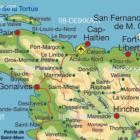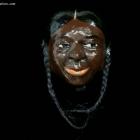ADVERTISEMENT
Photos
Beautiful Beaches in Abricots, Haiti
Abricots is located at the tip of the Southern Peninsula of Haiti. The population of Abricots is estimated at 32,000 From souls in the 80s, it fell to less than 25,000 inhabitants according to the latest information.
In Haitian Creole, it is called Abriko. This beautiful town is located near the major Haitian city of Jeremie.
During the time of the Harawak Indians, the town of Abricots was called a Paradise for the Indians. It is a coastal town. Abricots has a comfortable climate all yea long.
Elie Lescot and Dumarsais Estime
Here is a picture of two former Haitian presidents, Elie Lescot and Dumarsais Estime.
Unlike many previous governments in Haiti, Dumarsais Estime was not part of the opposition that fueled the uprising against the government of Élie Lescot.
Following several Month of political dealing under an interim government that was formed with Haitian, Dumarsais Estime was elected in a very close election that took place in August 1946. He was considered to be the first black Haitian president since the US occupation of Haiti.
Dumarsais Estime, born in verrettes
Here is a picture of former Haitian president Dumarsais Estime.
Accorting to the Haitian history, former Haitian president Dumarsais Estime was born poor in the small city of Verrettes. He was fortunate enough to have a family member who was interested about him, specifically an uncle, who took him to the Haitian Capital.
Dumarsais Estime, very focused individual, obtained a law degree and started teaching in Port-au-Prince. With an interest in the politic of his country, he started making a name for himself and paid a price for that after he was exiled during the government of Louis Borno. Upon his return into the country, Dumarsais Estime joined Haiti's nationalist movement in 1930 and became an outspoken opponent of the United States occupation of Haiti.
The HOPE Act duty-free access to the U.S. market, An opportunity for Haiti to export
Established in 2008 to help Haiti after the devastating 2010 earthquake, the Government of the United States gave Haiti something that other countries would only dream of. It is access to the US market, the biggest in the world. The HOPE Act provides for duty-free access for up to 70 million square meter equivalents (SME) of knit apparel (with some t-shirt and sweatshirt exclusions) and 70 million SMEs of woven apparel from Haiti.
There are some requirements to be qualified under the HOPE Act; however, this is an opportunity that can actually bring economic development for Haiti only if it uses it smartly
Hillary Clinton in visit in Haiti
Here is a picture of the United States Secretary of State Hillary Clinton during a visit in Haiti in a factory to observe the implementation of several development projects. These projects in the manufacturing industry in Haiti were made possible thanks to the new Haitian Hemispheric Opportunity through Partnership Encouragement Act or the Hope Act.
On 16 December 2006, U.S. Congress voted the "HOPE" Act in an effort to provide economic opportunities to the people of Haiti
One major thing is that the Hope Act opens the doors for Haiti to get free commercial access to the US market without any import tariffs or duties. They are mainly textile products.
As part of HOPE, the Haitian government gave up the rights to control products imported into the country

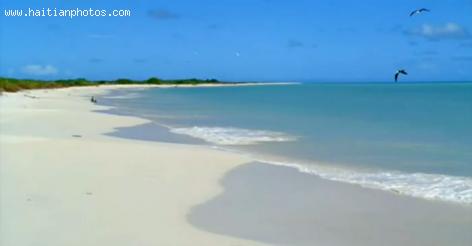

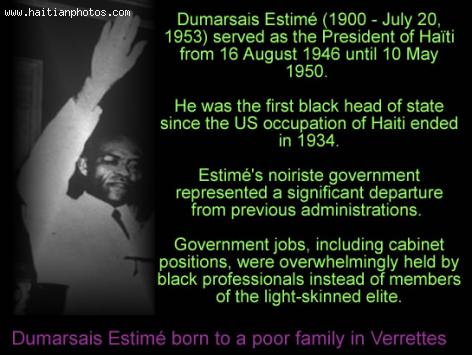


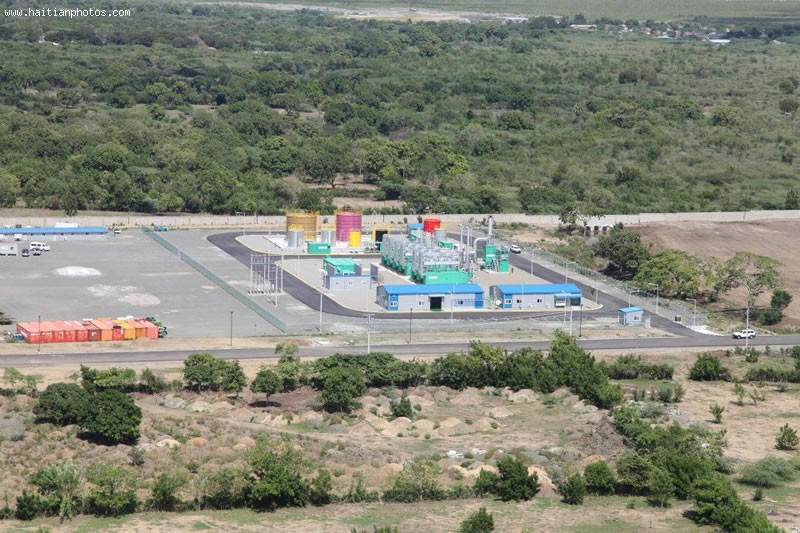
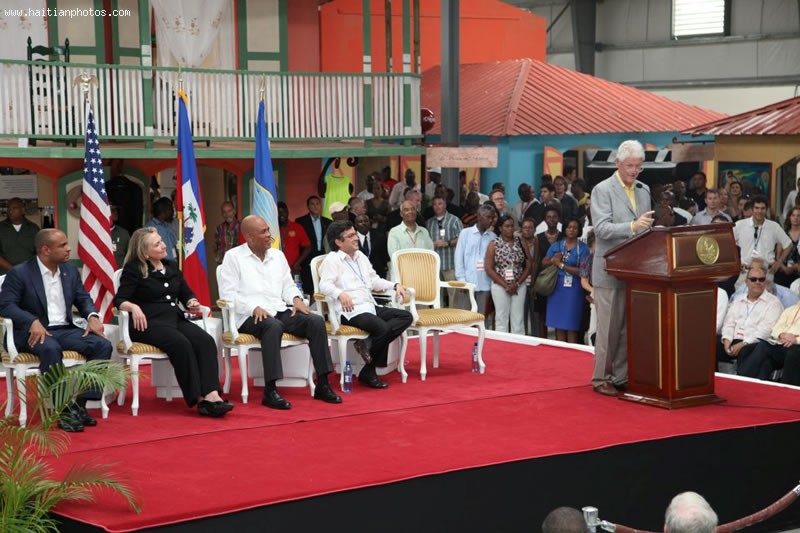



 Gas Station In Haiti
Gas Station In Haiti 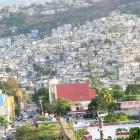 Petion-Ville, Haiti
Petion-Ville, Haiti  All inclusive Royal Decameron Indigo
All inclusive Royal Decameron Indigo 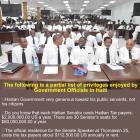 Partial list of privileges enjoyed by Government officials in...
Partial list of privileges enjoyed by Government officials in...  Haitians, the second largest black immigrant group in the US
Haitians, the second largest black immigrant group in the US  Delimart Plaza, Delmas 32, Port-au-Prince, Haiti being looted
Delimart Plaza, Delmas 32, Port-au-Prince, Haiti being looted  Pope Francis appointed Mgr. Launay Saturne Archbishop of...
Pope Francis appointed Mgr. Launay Saturne Archbishop of...  Port-au-Prince on fire over gas prices hike
Port-au-Prince on fire over gas prices hike 
